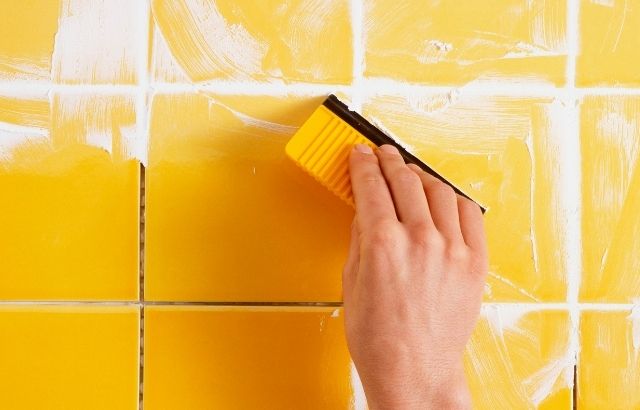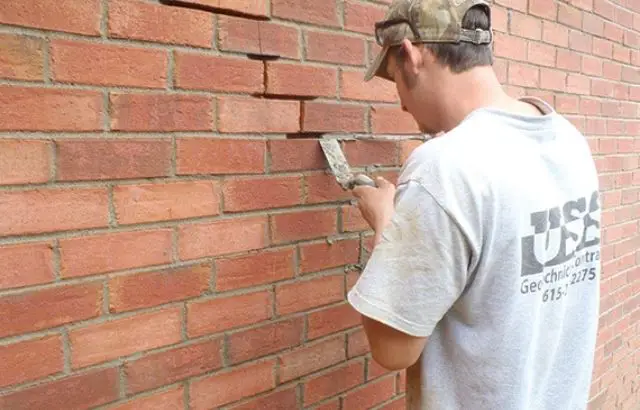If you seek to increase your property’s value or transform its appearance to a more modern one, you will surely want to start with a change of the bathroom, kitchen, or front facade. In most cases, this involves installing new tiles. One of the materials that often go unnoticed and vital to achieving the perfect finish is selecting and correcting the grout. Thus, the highlight of the Sanded vs. Unsanded grout below would be of great importance.
Sanded vs. Unsanded Grout: Summary table
| Sanded grout | Unsanded grout |
| Lower cost | Higher cost |
| Tighter joints | Loose joints |
| More choice of colors | Limited color choices |
| Little sagging on vertical surfaces | No sagging on vertical surfaces |
| Can scratch surfaces | Preserves sensitive surfaces |
| Difficult to force into thin seams | Can easily fit into thin seams |
| Must be sealed with a pH-neutral, penetrating, water-based sealant | Joint sealing is not required |
The modalities with regards to the Sanded vs. unsanded grout have been highlighted extensively above. However, to achieve the perfect finish and invest in a good selection of materials, they must be installed correctly. Below, we offer you a series of recommendations so that your grout application is perfect:
- When preparing the grout, substitute the use of water for Grout Shield, a waterproofing additive that will give the grout greater resistance to moisture. Always use the same ratio of liquid to grout in preparing each mix required to complete the job.
- Apply the grout using a rubber float, exerting consistent pressure until all joints are filled.
- Clean up excess grout after it has dried sufficiently but before it reaches set level (approximately 30 minutes after application).
- Avoid any impact or traffic once you have finished the installation. Also, avoid submerging the tiles or exposing them to water and humidity for ten days.
- After 3-7 days have elapsed, we recommend the cleaning process be carried out using a Heavy Duty Acid Cleaner. This cleaner type is usually formulated with hydrochloric acid and specially designed to remove grout residues and sticks on the tile without altering the color or causing damage to the grout.
- Lastly, protect the grout from stains, mold, mildew, and moisture by applying an appropriate aerosol grout joint sealer.
Read More: How To Remove Porcelain Floor Tiles Without Breaking Them
What is a Grout?
Whoever is willing to build or renovate a space has to purchase several products involved in the work that differ greatly in quality and purpose. It is important to know, even if superficially, the usefulness of common procedures and materials, such as grout. The grout is a material used to fill up the joints between tiles. The joints are the spaces created between the tiles during installation. Until a few years ago, joints are considered unsightly elements. But today, they are considered an integral part of the decoration of the house. Thanks to the new materials placed on the market, the grout for tiles improves an environment’s design.
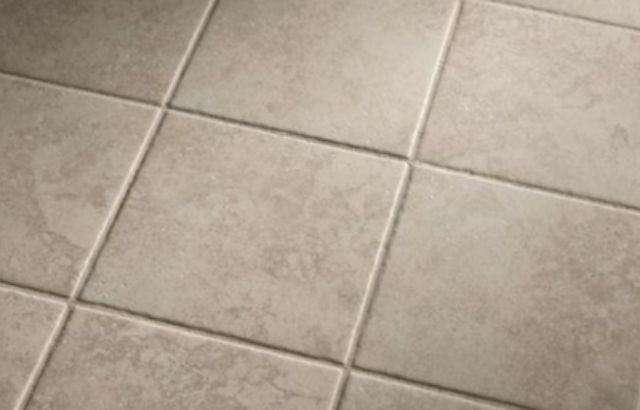
Benefits of the Grout
The grout comes with the following benefits:
Beautiful effect
After using tile grout, the adornment effect on a tiling project is particularly strong. Unlike white cement and color sealant (dry cement material is low-grade pigment), tile grout is mainly made of inorganic materials. Its color is rich, natural, and exquisite. The surface can also match with all types of ceramic tiles and give different effects. Unlike the plain option where dirty and dark joints are easily produced, the grout gives a beautiful and clean dual presentation and brings a high quality of life to people.
Learn More: How To Remove Grout Sealer From Tiles
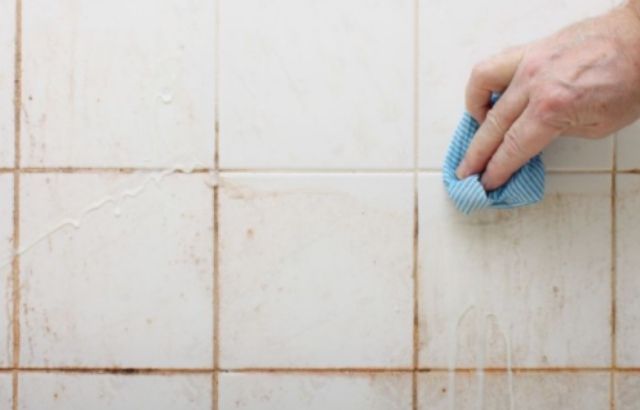
Learn More: How To Clean Grout Between Marble Tiles
High practicality
The normal situation in areas such as the kitchen, toilet, and bathroom is very damp. Mildew tends to appear over time if a traditional seam filling agent is used; thus, it can only be effective for a short time. Tile grout is capable of eliminating such an event. It is waterproof, mildew-proof, moisture-proof, and easy to clean. It also has toughness, which can play a protective role for tiles.
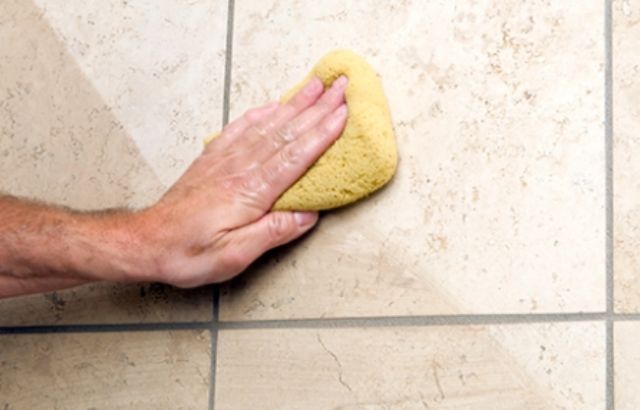
Environmental protection performance
Tile grout is made of high molecular compounds from natural resin materials and refined with high-grade pigments. Green and environmentally friendly, free of benzene, toluene, xylene, and other harmful substances, in addition to negative oxygen ions, can also play a role in the circulation of air. Along with improving people’s comfort level, they also increase the quality of life of all users. The presence of tile grout thus gives high-quality joints products, which consumers widely prefer.
Furthermore, when done correctly, grouting the tiles usually extends their life and serves to hide any imperfections in the screed in an excellent way.
In addition to joining one tile to another, the grout for joints underlines a home’s character. According to the designer’s needs or the owners, the lattice obtained from the set of joints can be masked or highlighted by a skillful choice of stucco.
Finally, the filling of the tile joints with grout reduces the formation of dust. It improves the elasticity of the surfaces, favoring the dissipation of any expansion produced by thermal changes.
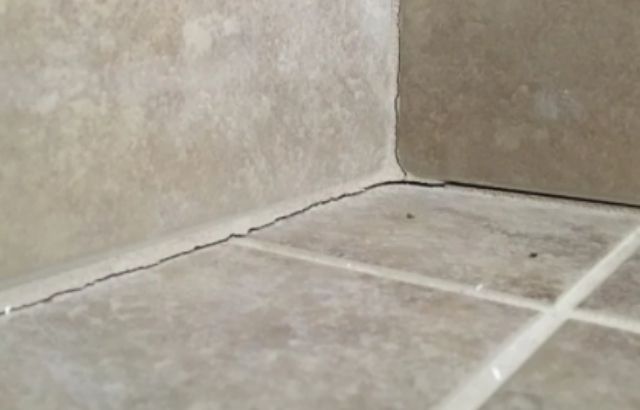
Sanded vs. Unsanded Grout
What kinds of grout should I use now? sand present or absent? The sanded grout, which lives up to its name, comprises extremely fine sand and works well for larger grout lines. Your “go-to” option for the majority of tiling applications ought to be it. Sand is a more affordable filler than the polymers in unsanded grout, making it your more affordable option.
However, unsanded grout, which is suitable for extremely thin grout lines from 1/8″ to 1/16″, contains no sand. Higher-sand grouts are often placed in joints at least 1/8 inch thick and are utilized for bigger slabs and areas. Particularly on floors with high circulation. The unsanded grouts, on the other hand, have a lower proportion of fine sand so they may be used in joints smaller than 1/8′′, as previously mentioned. They are used more often in in-wall applications, particularly when paving slabs (no beveled edge). Working with vertical tiles, such those on tiled shower walls, is also made simpler by unsanded grouts. Unsanded grout works well on scratch-prone surfaces like ceramic, glass, metal, stone, or natural stone tiles since it doesn’t include silica aggregate.
For more clarity, the major difference between the sanded and unsanded grout is the presence of sand. Unsanded grout has a smooth, even finish, while sanded grout appears rough and slightly grainy on close inspection.
Seal Size
The main advantage of unsanded grout is evident when working with very narrow joints between tiles – that is, those less than 1/16-inch. The sand in sanded grout makes it difficult to fill these small spaces, and many nooks and crannies in the joint would likely go vacant, compromising the integrity of the grout. These small joints are typically found in bathroom and kitchen facilities, such as tiled showers and countertops, or combined with natural stone.
Abrasion
The other main benefit of unsanded grout is evident when working with delicate natural stone surfaces. The sanded grout sand particles easily scratch these surfaces if they contact the tile surface during application, making the unsanded grout choice safer.
Refinishing
If you need to replace the grout between natural stone tile, unsanded grout is easier to remove without damaging the surrounding stone’s finish. If sanded grout were originally used, a diamond wheel would likely be necessary to resurface and polish the tiles to remove any damage from the sanded grout.
Cleaning
Unfortunately, unsanded grout does not clean and sanded grout and can also harbor mold in the joints with age, which leads to discoloration. Unsanded grout can be cleaned with an acidic cleaner but rarely shows much improvement. However, unlike sanded grout, which is difficult to remove and replace, unsanded grout is fairly easy to re-grout and re-caulk.
Read More: How To Remove Urine Stain From Grout
Costs
You can use sanded grout when the cost is a critical factor, as unsanded grout is more than twice as expensive as the sanded grout. Sanded grout is so cheap because sand is cheap and makes up the majority of sanded grout. If the grout is not sanded, more expensive polymers must be added to form the contents, which increase the cost significantly.
Stock Color Choices
At retail stores, you’ll often find a wider variety of in-stock colors with sanded grout than unsanded because it’s the most popular option.
Sanded Vs. Unsanded Grout: FAQs
Should I use sanded or unsanded grout in a shower?
As earlier highlighted, it’s best to use the unsanded grout in a shower.
When should I use non sanded grout?
You can use the non-sanded grout when working with sensitive surfaces or those with very narrow joints.
Can I use sanded grout on 1/8 joints?
Yes. The sanded grout fits into 1/8 joints perfectly.
Conclusion
In conclusion, when working with tiles and joints, the choice of grout matters a lot. To make this choice perfectly, the highlight of the sanded vs. unsanded grout above would be indispensable.

